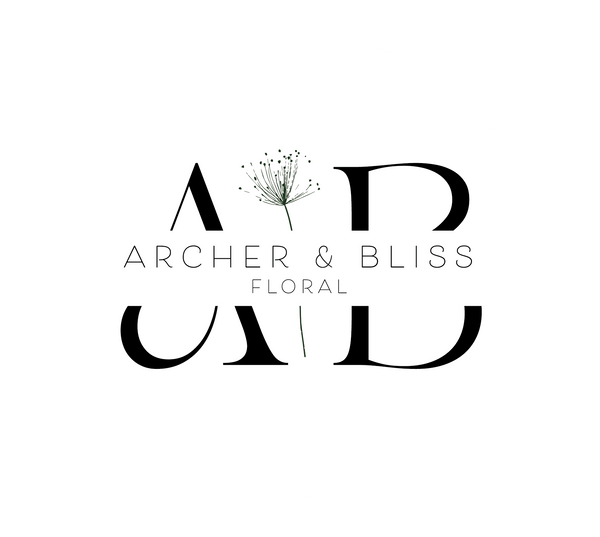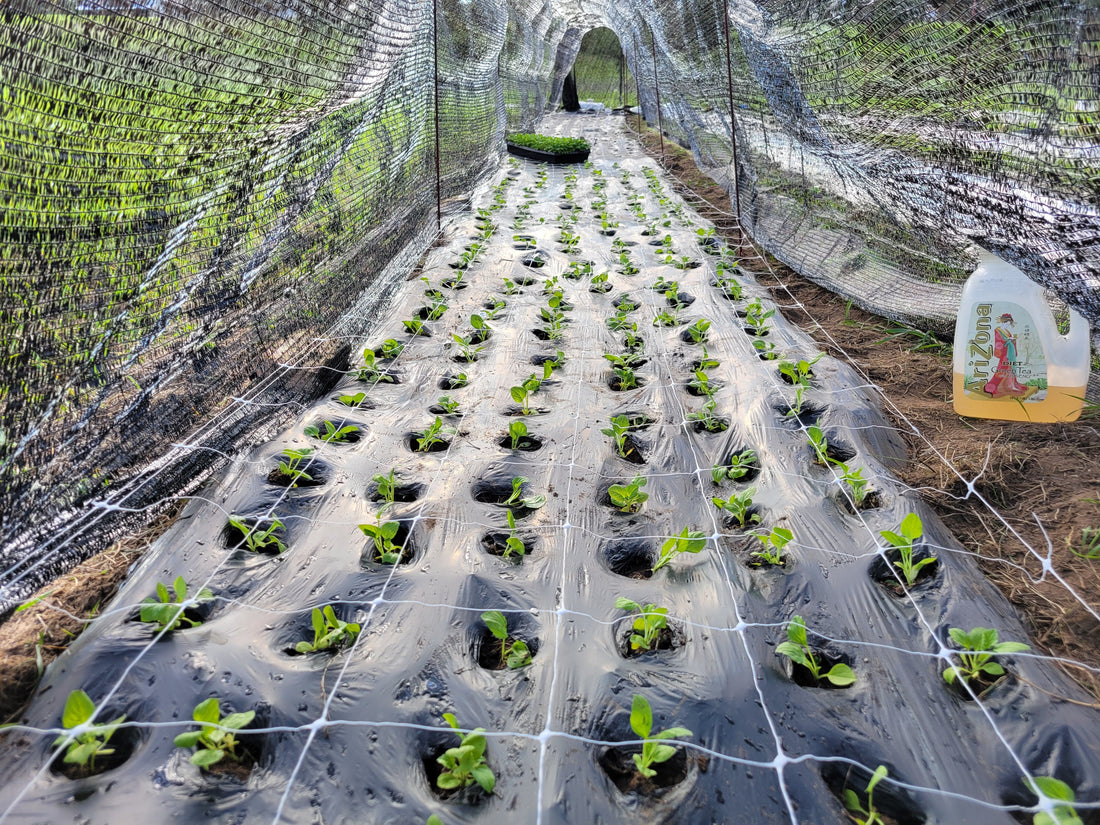Spring came on fast and furious this year. One day it is 70 degrees, the next day it is 30. The rollercoaster of temperatures is enough to drive a flower farmer nuts because you are constantly monitoring your flowers, protecting them from the cold and embracing the warmth. Besides tending to the flowers, I've had to make time to install the fence around the cut flower garden, laying rows of bio-mulch for weed suppression - all while tending to my seedlings, hardening off, and getting the first plugs in the field.
"Wait, what? I have no idea what you're talking about."
To the average person, this might seem like a foreign language, but I want to share my experiences with my customers. We will start from the top....you are probably asking me why I would plant flowers outside if the temperatures aren't consistent?

Why we plant early:
There are a number of cut flowers that actually like the cold temperatures. Although, most cannot bear frost, you can plant these babies outside with the protection of frost cloth or a hoop house to get the flowers a head start. As I mentioned above, planting outside early requires a lot of attention because of the fluctuating weather.
"What the heck is bio-mulch?"
There are numerous methods that flower farmers use to suppress weeds and maintain healthy rows of flowers. There are different fabrics and plastic mulches, wood chips, or using nothing at all! To each their own. The mission of Archer & Bliss is to be as sustainable as possible and this is why I chose to use bio-mulch. Bio-mulch is a biodegradable plastic mulch that is laid in a row where you poke holes in the plastic and plant your flowers. The bio-mulch is eco-friendly and will degrade in the field with time, leaving no traces of plastic.

"How do you manage all those seedlings?"
Sometimes, I'm not sure to be honest! I started planting flats in January, starting with the flowers that took the most time to mature. With three different shelves full of trays, I've been watering, rotating, and doing my best to see which seeds did well, and which ones need to be reconsidered for next year.
Some trays made it, some did not.
Oh well, that's what happens. Having a 100% success rate would have been nice, but I knew it wasn't going to be possible. Some seedlings need more airflow, some need less water, some need more water, some needed smaller cells, some grew too fast.....it's all a learning experience. Along with planting seedlings in plastic trays, we also tried soil blocking this year to see if this method nets better results for our plants.

Starting your own seeds is a balance. Managing your space, priority plants, and then......the 'hardening-off'. Hardening-off is when you slowly acclimate the plants to outdoor temperature and sunlight before planting them in the field. It's like a little dance - bringing the plants outside, bringing them inside, bringing the plants outside, bringing them inside......
"What's in the field right now?"
A variety of ranunculus, strawflower, snapdragons, stock, persian cress, tall marigolds, baby's breath, bells of ireland, lisianthus, asters are planted in the field. We planted some perennials - rudbeckia, fox gloves, lupines, and pink sundae salvia too.
This is not my first time flower farming, but it is the first time I've done it on my own. There are plenty of times when I'm recalling information that has been stored in the back of my mind, engineering or experimenting with a solution, or reaching out to my fellow farmers and picking their brains.

Each flower farm is unique and I'm excited to get into a rhythm of my own at the Archer & Bliss Floral farm.

